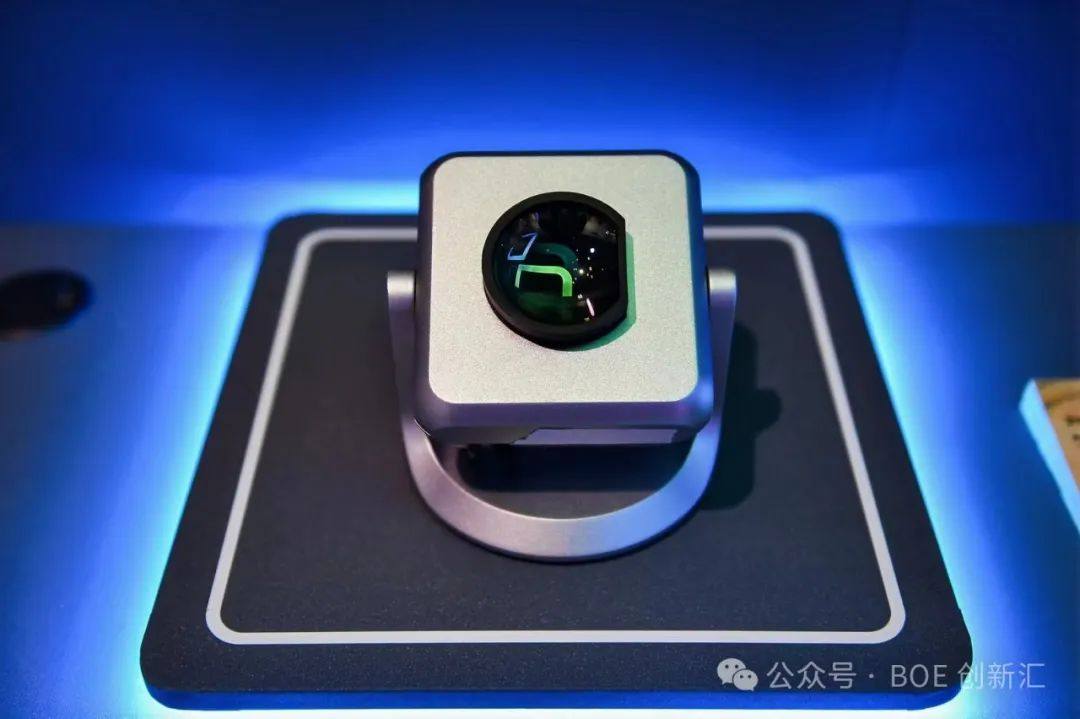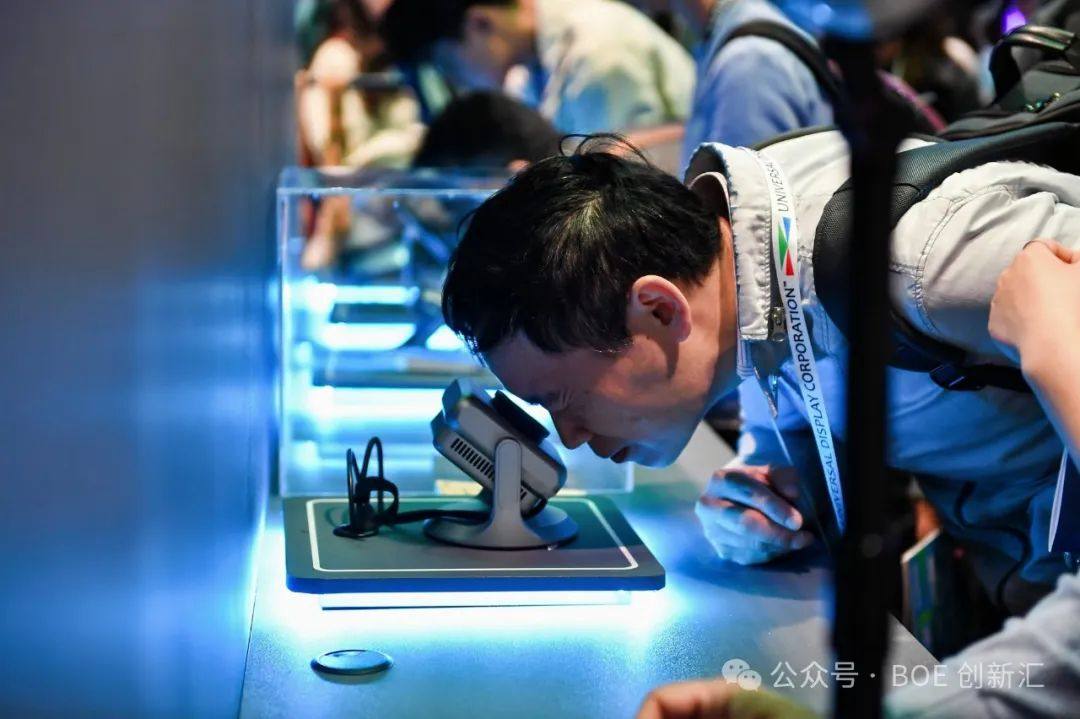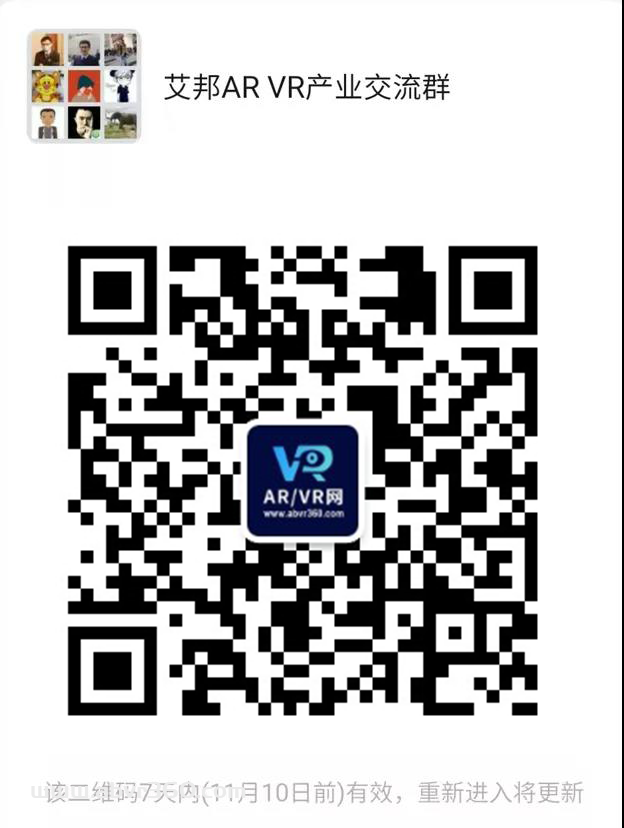With the gradual implementation of the concept of the metaverse, the XR industry is becoming increasingly popular, and head-mounted display devices have made great progress, especially VR (Virtual Reality, virtual reality) glasses products. In order to achieve an immersive experience, VR glasses use optical lenses to stretch and enlarge the picture displayed on the flat screen into a curved virtual reality content that surrounds the field of view (FOV) of the human eye. The granularity of the displayed picture will be magnification; and because the image is very close to the human eye, the human eye's resolution ability is greatly improved, and the ability to perceive the graininess of the displayed image is significantly enhanced. The resolution of current mainstream flagship VR display products reaches 2K per eye (approximately 1200 PPI), but it is still not enough to eliminate the graininess of the VR display and achieve a realistic and fully immersive experience in the VR display.
 |
 |
|---|
Recently, BOE has made a major breakthrough in the field of near-eye display, and released a 2000+ PPI 2.48-inch 4K ultra-high-definition Fast LCD+LTPO near-eye display during the SID 2024 International Display Week, achieving a "real" display of retina-level single-eye 4K, eliminating the need for It eliminates the graininess of the near-eye display caused by insufficient screen resolution, allowing you to immerse yourself in the future vision of cyberpunk.
4K Fast LCD, retina-level VR Immerse yourself in the future vision of cyberpunk As we all know, the limit perceptual capability of the human retina is about 60 PPD (Pixels Per Degree, the number of pixels filled in every 1° of viewing angle). The mainstream single-eye 2K VR optical system can only achieve about 25~30PPD. If you want to completely eliminate the graininess of VR images and achieve retina-level display, the resolution of the display needs to reach single-eye 4K (2000+PPI). The near-eye display screen launched by BOE this time is based on Fast LCD technology solution, with a physical resolution of 3840×3840, retina-level VR, combined with 90Hz high-brush display and super multi-zone Mini LED backlight technology. The overall device life, service life and color Performance will be significantly improved, immersing you in a cyberpunk future vision.
LTPO technology support Portable entertainmentexperience,Increase efficiency without gaining weight Under the current technology, if higher pixel density is to be achieved, the transmittance of LCD products will decrease, resulting in increased power consumption, larger batteries, and increased weight of VR equipment, ultimately affecting the wearing experience. In order to improve the transmittance under ultra-high pixel density, BOE uses advanced LTPO low-temperature polycrystalline oxide technology and the top refined processing process in the semiconductor display field to shrink the parts of the pixel that affect the aperture ratio one by one; and Through local detail optimization, the optical efficiency of the pixel opening area is greatly improved. Compared with the 1200 PPI screen currently used by flagship VR equipment, BOE's 2000+ PPI Fast LCD has a pixel density increased by 70%, and the transmittance has not decreased, but increased by 10%, achieving "increased efficiency without increasing weight" on the screen side. .
原文始发于微信公众号(BOE 创新汇):Retina-level single-eye 4K VR! BOE’s glass-based Fast LCD+LTPO near-eye display allows you to immerse yourself in the future vision of cyberpunk


